Exploring the Impact of Social Media on Art and Culture
In the digital age, social media has become an increasingly powerful tool for the sharing and consumption of art and culture. It has enabled individuals and organizations alike to reach a wider audience, providing new opportunities for creativity and collaboration. At the same time, however, social media has disrupted traditional forms of art and culture, presenting both opportunities and drawbacks.
New Opportunities
Social media platforms have enabled artists and cultural commentators to reach a much larger audience than ever before. Through sharing and engagement, individuals have been able to build a fanbase and create new opportunities for their work. For example, many musicians have found success by releasing their music on streaming services and using social media to build an audience. Additionally, social media has enabled more widespread access to art and culture, as users can share and experience art from anywhere in the world at any time.
Traditional Forms of Art and Culture
The rise of social media has also had an impact on traditional forms of art and culture. With the internet becoming increasingly accessible, many traditional forms of art have been overshadowed by more digital forms. Additionally, the “attention economy” of social media has led to a focus on short-term, low-effort content, which has changed the way that many people experience art and culture.
Potential Drawbacks
While social media has opened up new opportunities for art and culture, there are also some potential drawbacks. The sheer amount of content available on social media can be overwhelming, making it difficult to find quality content. Additionally, the “likes” and “shares” of social media can create a false sense of success, as people are more likely to share content that is popular rather than content that is actually valuable. Finally, there is also a risk that social media will lead to a homogenization of taste, as people become more likely to follow trends.
Conclusion
In conclusion, social media has had a major impact on art and culture, providing new opportunities for creativity and collaboration. However, there are also potential drawbacks, as the “attention economy” of social media can lead to a focus on short-term and low-effort content. It is important to recognize both the opportunities and drawbacks of social media, and to use it responsibly to ensure that art and culture continue to thrive.

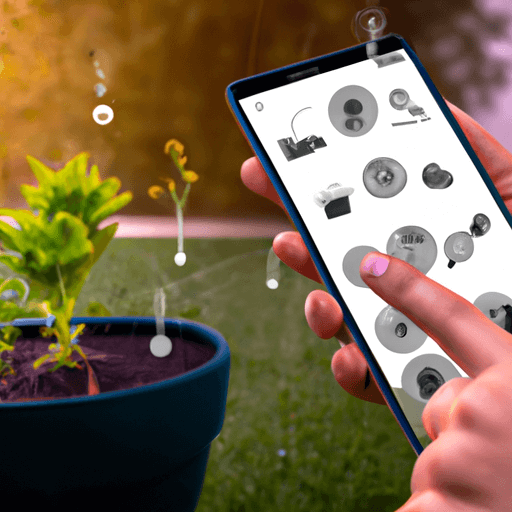
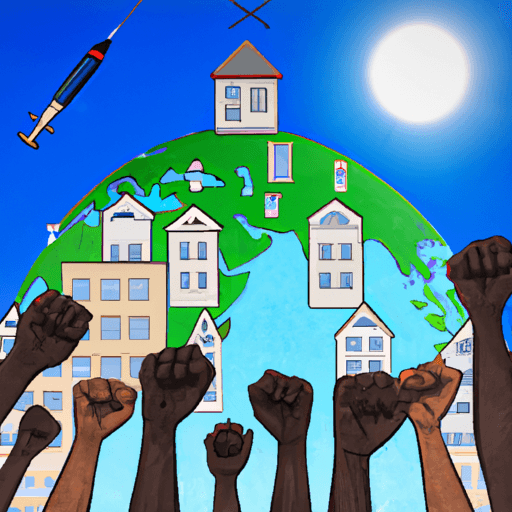

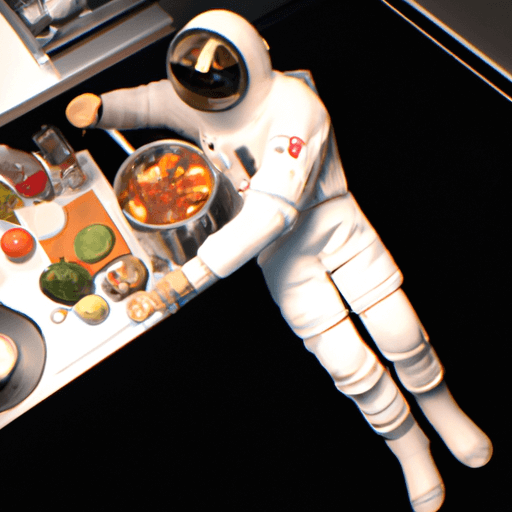

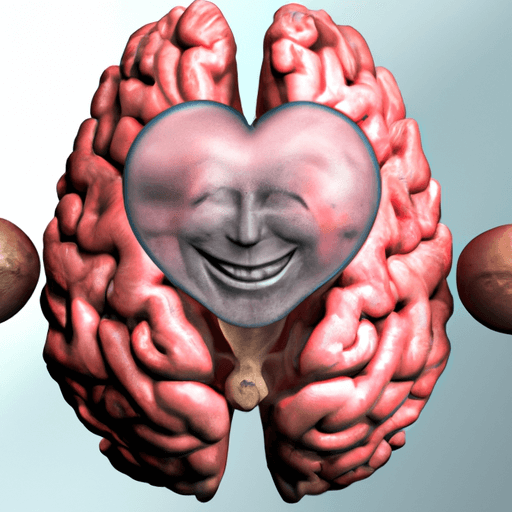
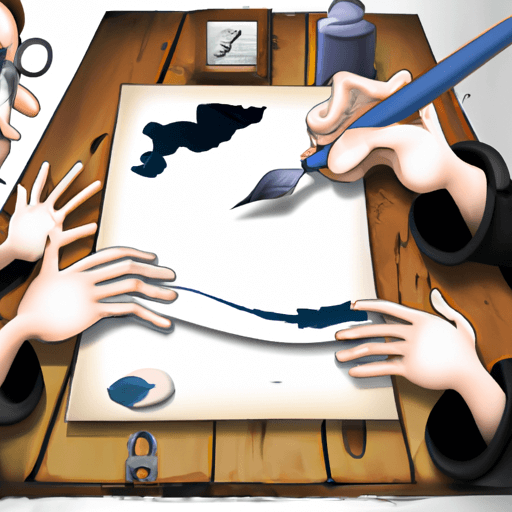
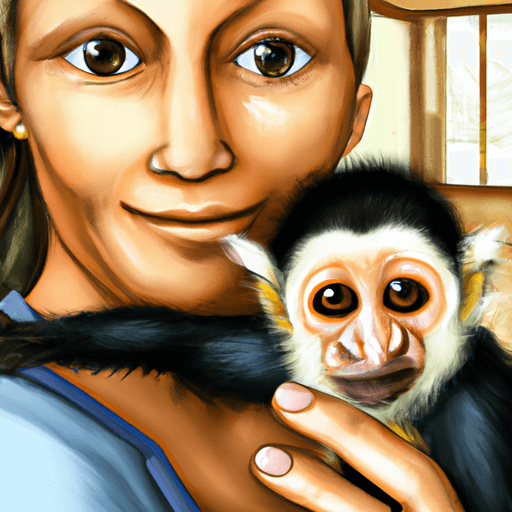
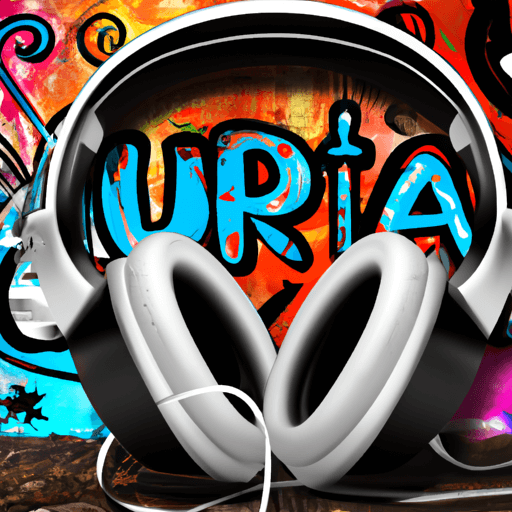
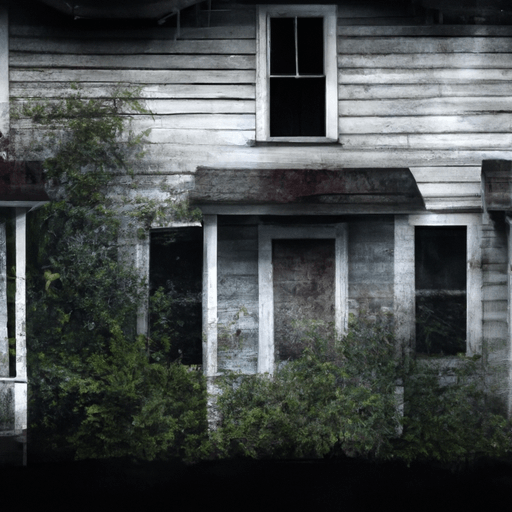
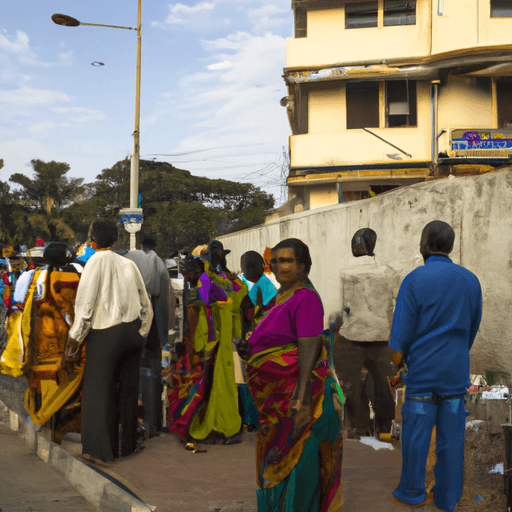
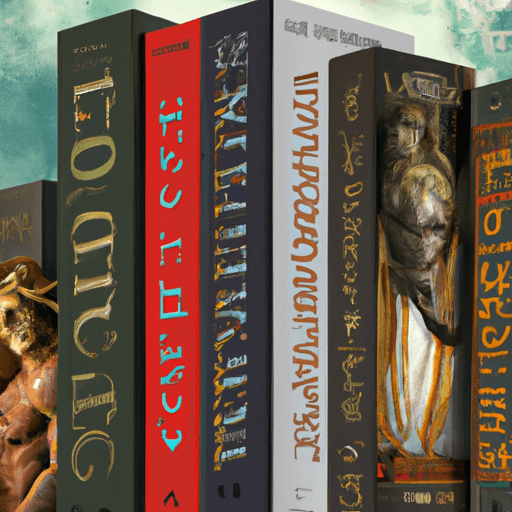
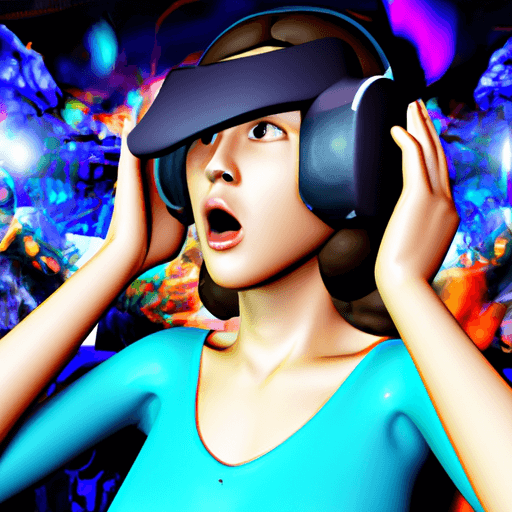
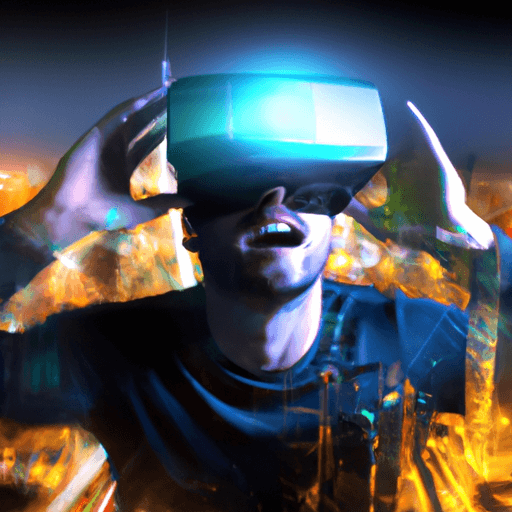
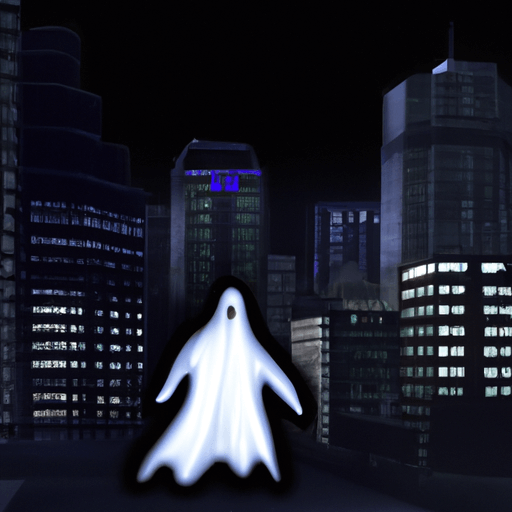
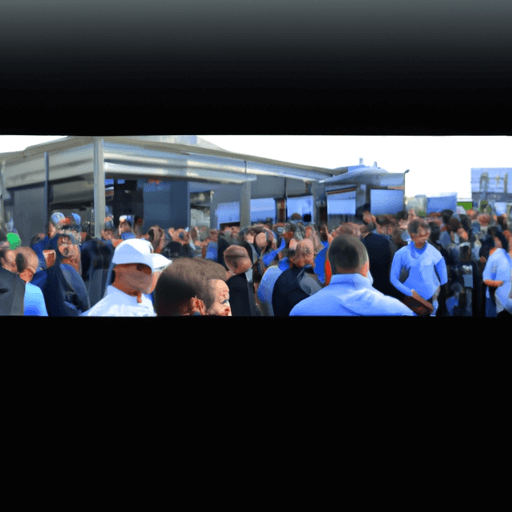
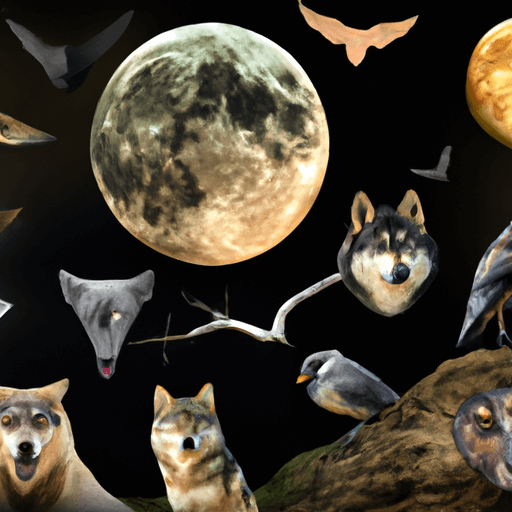
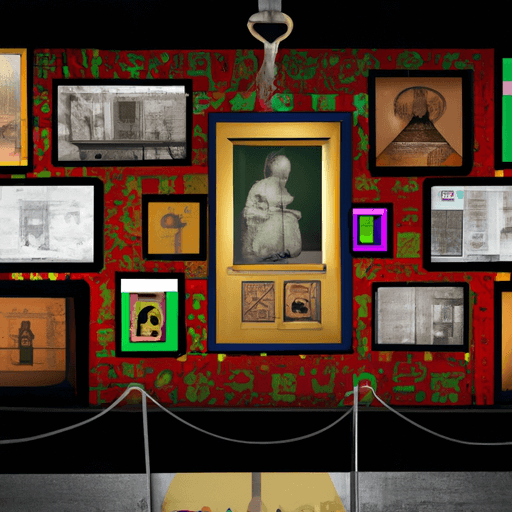
Comments
Leave a Comment